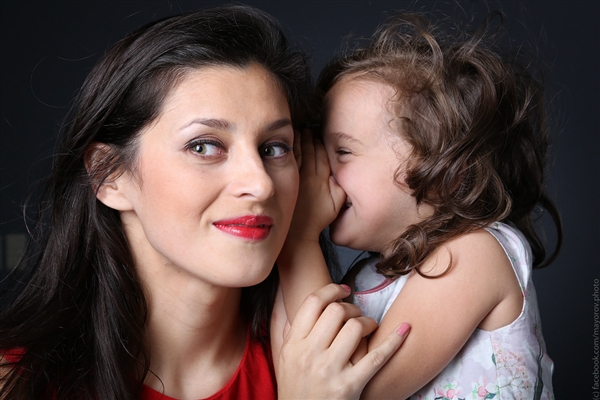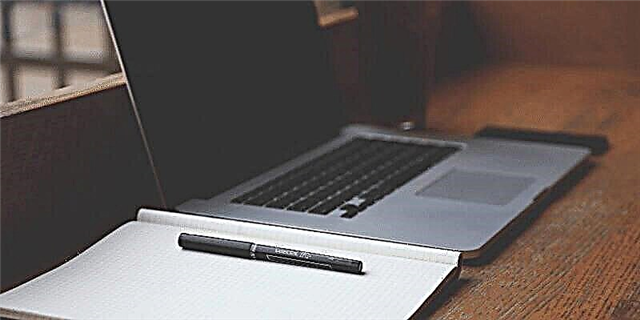If you are an amateur numismatist, cleaning your coins is not recommended, but still, if you do decide to clean your coins, follow the tips below to reduce the risk of damage to them. Never use a wire brush or thinner to clean coins. Using these products can lead to abrasion or other chemical reactions that can permanently damage your coins. After that, they cannot be restored.
Why do coins need to be cleaned?
Coins only need to be cleaned when you own them, dug them up, or find them elsewhere. These coins are usually dirty. The bacteria on them will slowly but surely do their job. This is the only time you should be cleaning coins.
Tips for cleaning coins
- Never try to remove natural oxidation from coins, such as tarnishing on silver coins. This darkening on silver coins is called "shading". Large denominations are not subject to shading. Removing it from the surface of the coin is fraught with damage to the surface of the coin and greatly reduces its value. Otherwise, do not use brushes, graters or chemical cleaners on coins.
- If the coin has a sticky substance on the surface of the coin, it may be adhesive tape residue. To remove this substance, use a small amount of rubbing alcohol to remove it. Do not use acetone because it is highly flammable.
Materials you need to clean your coins:
- Two small plastic containers;
- Detergent;
- Soft rag towel;
- Access to running water;
- Distilled water;
- Alcohol (optional)
Warning: never clean old coins that you have found or inherited.
10 steps for cleaning coins
Difficulty: easy.
Time: 10 - 15 minutes for cleaning in the bathroom 30 coins.
1. Wash your hands with soap
This will remove grease and subtle dirt from your hands.
2. Lay a towel
Place a soft cloth or towel, folded several times, on a work surface to dry the coins and also to catch falling coins.
3. Make a soapy bath
Fill a small plastic container with warm water. Do not use glass, china or metal, as hard surfaces can damage coins. A disposable plastic container is perfect for you. Don't keep coins in them for long. Add some dish detergent to warm water. Don't overdo it - you only need a few drops of detergent.
4. Prepare the rinse tray
Fill a second plastic container with distilled water in order to rinse the rinse coin. Distilled water is the best option, but you can substitute warm water for it.
5. Cleaning the coin
Take the first coin and dip it in soapy water. Rub gently on both sides of the coin with your fingers, paying particular attention to sticky areas and rust. Rub from the center of the coin to the edges, not the other way around. Work with the edges of the coin. Dirt and rust should be removed from the coin and not smeared over its entire surface. Do not put all the coins in the tray, but one at a time, otherwise you risk leaving scratches on the coins, as they will come into contact with each other.
6. Rinse the coin
Rinse the coin under warm running water. Remember, neatness is the most important thing. Do not rub hard. If you feel any grains of sand on the coin, do not try to remove them with your fingers, as you can easily scratch the coin. It is better to shake the coin in the water - so the sand will go away by itself. You can gently run your fingers over the coin to make sure there is no sand. Every movement of your fingers should be focused on not leaving scratches on the coin.
7. Do a final rinse
Place the coin gently in distilled water to remove chlorine residues and contaminants in the running water from its surface. Hold the coin by the edges by shaking gently. From now on, you should almost always hold the coin by its edges. With your bare hands, only grip the edges of the coin. If you choose running water for the final rinse, it should be very hot.
8. Dry the coins
If you used distilled water to rinse, simply place the coin on a towel. The coin can be dried outdoors because soluble minerals and other contaminants have been removed from the surface of the coin using distilled water. If you used running water in the previous step, then gently wipe the coin to remove streaks.
Warning: Never rub coins with a hard towel! Always use a soft cloth or lint-free cloth to do this.
9. Repeat until finished.
Wash the remaining coins, one at a time, following steps 5 to 8. If you need to soak several coins to clean them, use a tube of water so the coins will not harm each other.
10. Add coins
Make sure coins are completely dry before storing them. Wet coins can be damaged over time. Remember, always grasp the edges of the coins. If you want to lose them, you can take them by the front side.
We recommend watching:
Each restorer has his own secrets. How to clean a 10 rubles coin? What should you pay attention to?



